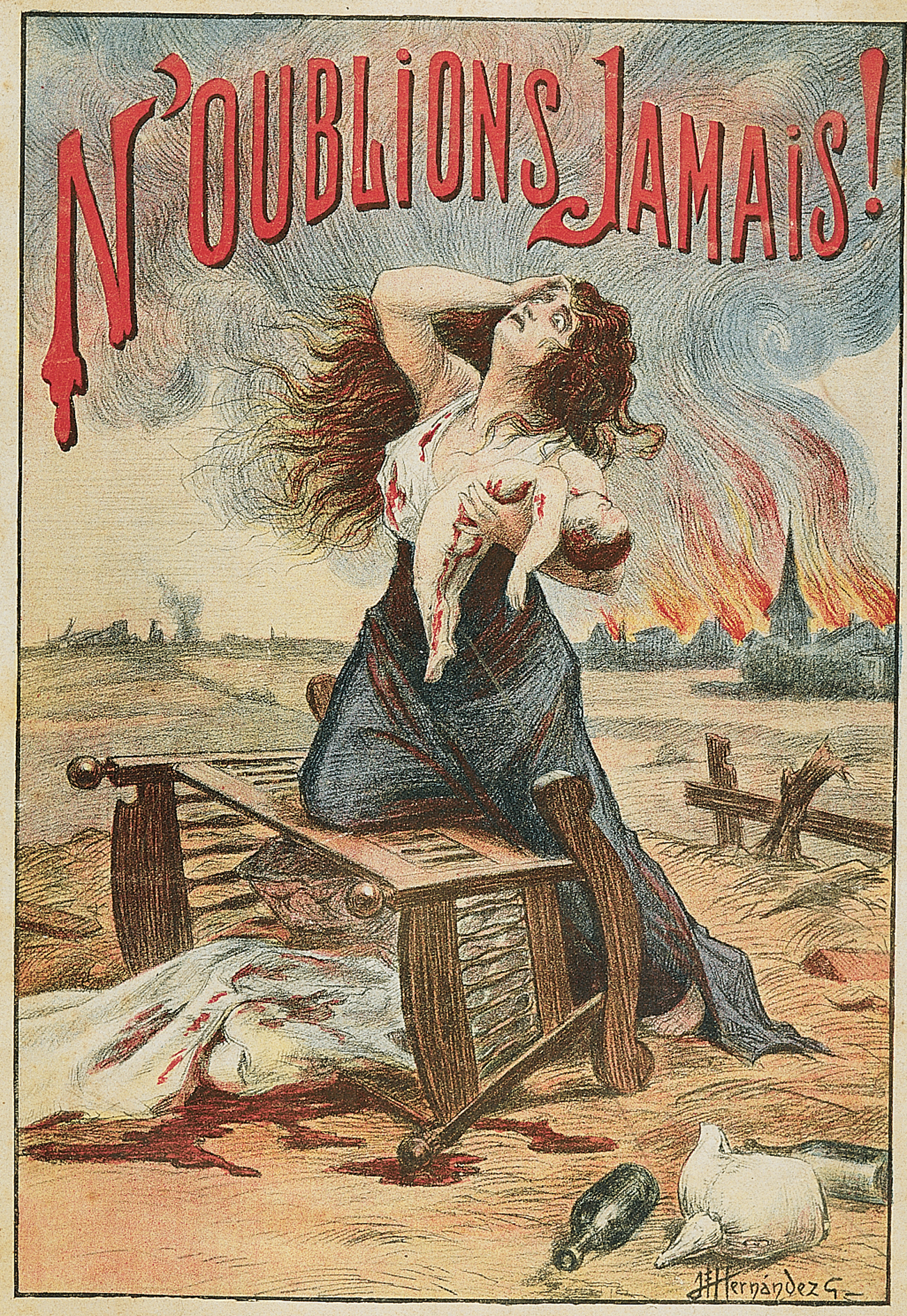A History of World Societies:
Printed Page 862
A History of World Societies Value
Edition: Printed Page 871
Growing Political Tensions
During the war’s first two years, belief in a just cause and patriotic nationalism united soldiers and civilians behind their various national leaders. Each government employed censorship and propaganda to maintain popular support.
By spring 1916, however, cracks were appearing under the strain of total war. In April Irish nationalists in Dublin unsuccessfully rose up against British rule in the Easter Rebellion. Strikes and protest marches over inadequate food flared up on every home front. In April 1917 nearly half the French infantry divisions mutinied for two months after suffering enormous losses in the Second Battle of the Aisne. Later that year there was a massive mutiny of Russian soldiers supporting the revolution.

The Central Powers experienced the most strain. In October 1916 a young socialist assassinated Austria’s chief minister. Conflicts among nationalities grew, and both Czech and Yugoslav leaders demanded autonomous democratic states for their peoples. By 1917 German political unity was also collapsing, and prewar social conflicts were re-